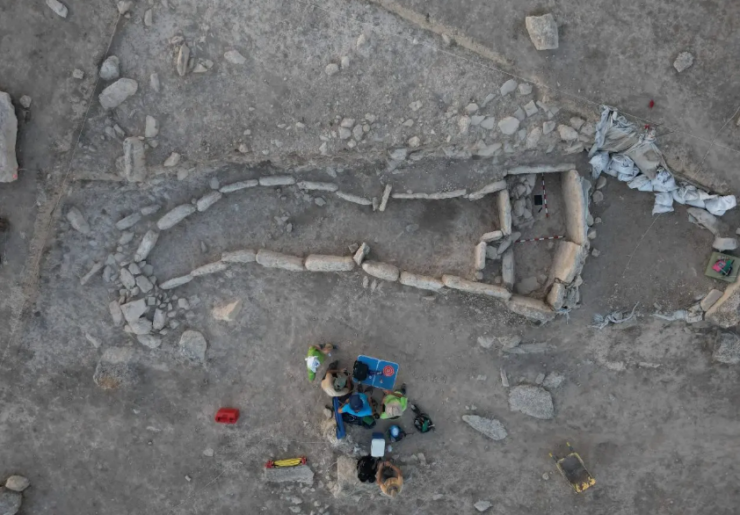The La Lentejuela Teba necropolis is a concentration of burial structures located near Málaga, Spain. Since the site was first investigated in 2005, 13 buildings have been discovered during excavations, and most recently, two new Megalithic dolmens have been found by the University of Cadiz (UCA).
A megalith is a large stone used to create a building or monument. Dolmens, on the other hand, are prehistoric structures consisting of several large flat stones arranged side by side in the soil and several large flat stones placed horizontally on top of them and usually used as tombs. They are the most common structures of the megalithic culture and are found covered with tumuli made of small stones and soil.
This season’s attention has been drawn to a dolmen known as Funeral Structure 1. A curved hallway in the dolmen leads to an antechamber that is distinct from the corridor by two vertical orthostats.
Although preliminary dating indicates that the structure was created at the end of the 4th millennium BC, the dolmen was repurposed by the Bronze Age inhabitants of the area to bury their dead during the 3rd millennium BC.
Serafín Becerra from University of Cadiz said “The Bronze Age populations deposit their deceased in this tomb and even built small spaces inside the dolmen to bury them individually, or at most with two individuals.”
The researchers used drone aerial photography, photogrammetry, 3D digital scanning, differential GNSS, precise topography employing total stations, and other modern technologies to record every structure at the La Lentejuela Teba necropolis.
Archaeological samples were also collected to help date and create a chronology of the site, as well as to better understand the funerary practices of the people who lived in the region during prehistory.
We think that the results of the excavation will provide us with more information and we look forward to the results of the research.
